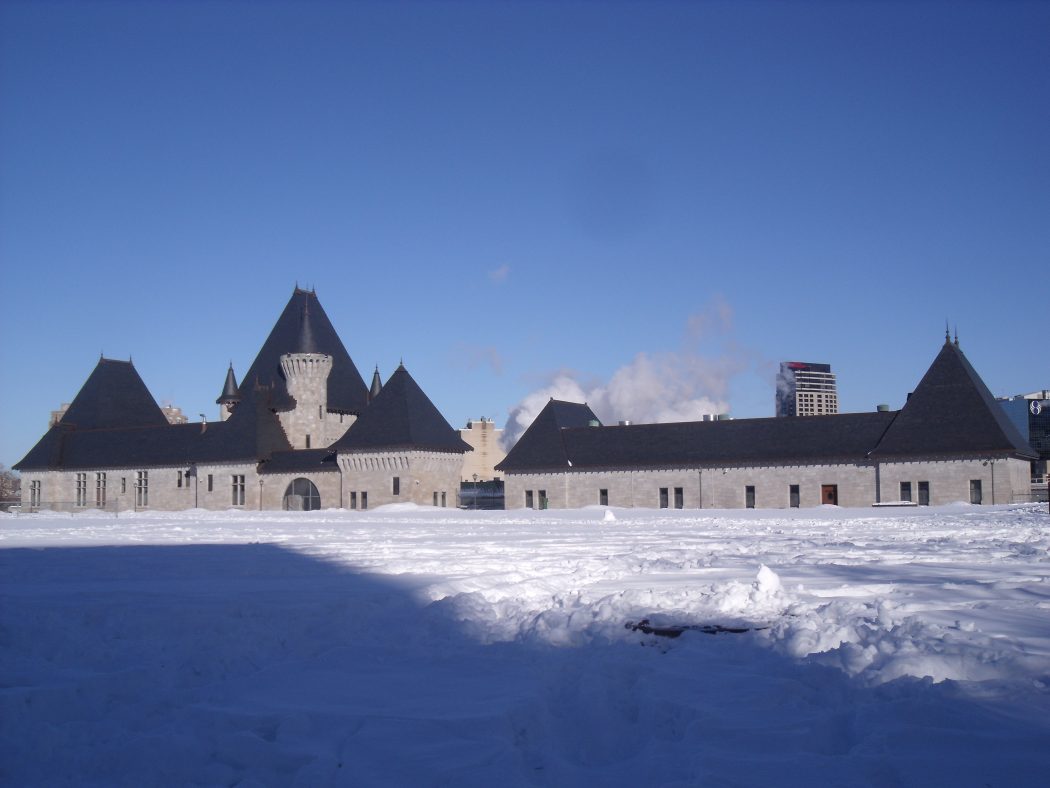You are trudging across Parc Rutherford to reach your World Religions elective. It’s all the way in McMed, and your legs are tired. Bleary-eyed, you amble forward through the icy path. Your Blundstones are soaking wet, and your stomach swishes from one too many cups of coffee this morning. As the side-face of Mont-Royal looms over you, you feel small, but you see your mission as enormous: you will make it through this park, and you will arrive to class on time.
While the hilly terrain of McGill campus may seem kilometres away, imagery and narrative structure can transport us back to that frigid, mid-year moment. Creative writing allows one to empathize with anyone in any given situation, no matter who or where one is. Given the power of the arts to comfort and connect us, McGill ought to offer more courses in fine art subjects in addition to traditional academic subjects.
I spoke to Professor Sarah Wolfson, a course lecturer at the McGill Writing Centre: a campus resource that offers a range of writing courses to all degree program students. The McGill Writing Centre offers courses in creative, academic, and digital writing. Professor Wolfson also teaches CCOM 200: Introduction to Creative Writing. This class affords McGill students the rare opportunity to engage with fine arts subjects.
It’s a hands-on way of looking at a subject.
While CCOM 200 has only been in operation for two semesters, it has already become one of the hottest courses on campus. (This student journalist attempted to get in during add/drop this Winter, but he could not even squeeze onto the waitlist!) Communicating remotely, Wolfson shared with me why she believes fine arts courses like CCOM 200 have resonated so profoundly with McGill students.
“I think of fine arts courses as something like lab courses in the sciences. In a creative writing course, for example, students learn from the inside out how contemporary literature is made. It’s a hands-on way of looking at a subject.”
McGill offers numerous programs in the arts and humanities; three streams of English allow one to dissect literature, films, and stage plays in depth. Yet, our school offers comparatively few fine arts courses. Aside from the Faculty of Music, which offers a handful of electives, most students who yearn to produce films or paint the next “Starry Night” must rely on extracurriculars as their creative outlet. Alternatively, a theatrically inclined Biology student may consider taking drama credits at another school, like Concordia.
Fine arts courses provide students in the humanities with the ability to understand the creative processes behind art they later analyze, allowing a literature enthusiast to better appreciate T.S. Eliot, or an Art History student to truly get René Magritte. Still, Wolfson shared how students from all faculties have gravitated towards CCOM 200 in recent years, not just literature majors.
“This course attracts students from across the disciplines: I teach math majors, economists, English majors, future teachers, musicians, psychology students, history majors, etc. It’s a delight to see the different ways these minds approach creative work.”
Creative writing often involves characters, setting, and a (usually) linear narrative. These conventions may seem foreign to those accustomed to compiling twelve-page reports on sickle-cell anemia. Yet, Professor Wolfson emphasized how the skills taught in CCOM 200 are transferable to other forms of writing, including academic research and lab reports.
Plus, there’s just the fact that in reading contemporary fiction and poetry, you’re exposed to a lot of lovely sentences.
“Creative writing classes help build an awareness of narrative structure, which can help academic writers shape more compelling stories around their research,” Wolfson told The Bull & Bear. “As well, creative writing classes help students learn to craft precise images and metaphors, which are also powerful communicative tools in a broader sense. Plus, there’s just the fact that in reading contemporary fiction and poetry, you’re exposed to a lot of lovely sentences. That never hurt anyone’s writing style, either.”
Wolfson also noted how teaching at McGill is a unique experience, and not just because we soldier through frigid weather to reach school every day. McGill’s international student body lends itself to diverse writing topics and engaging classroom discussion.
“…we have a world-class student body. I feel privileged to work with students who are so motivated to learn and so willing to take risks in their learning. Also, because it’s a fairly international student body, we have a wide range of experiences and perspectives, which makes for a great creative writing classroom.”
Art now assumes a more crucial role than ever.
This palpable magnetism of the arts extends beyond McGill campus, though. Professor Wolfson discussed how the arts and the sciences are working cooperatively to keep both our mental and physical health intact during the ongoing COVID-19 pandemic. As government-mandated physical distancing measures prevent people from leaving their homes often, many across the world are finding uplift through films and online performances. Art now assumes a more crucial role than ever.
“Yo-Yo Ma is sharing videos of himself playing cello in isolation; Shakespeare’s Globe theatre is making performances available online for free; out-of-work dancers are teaching open classes from their living rooms; and poetry is reaching more people than ever via the internet. In this difficult and uncertain time, I’m drawing comfort from the arts even as I place my hope in science. We need it all.”
(CCOM 200 is running in both the Fall 2020 and Winter 2021 semesters.)


